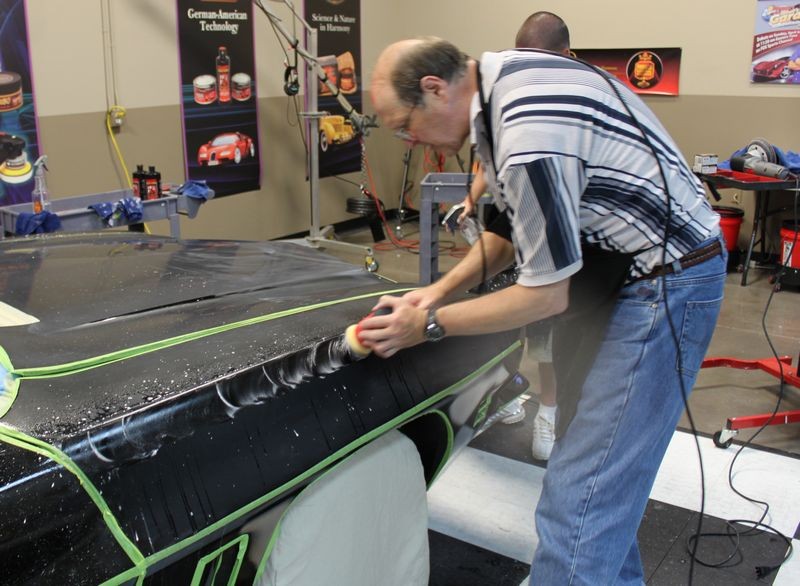In order to remove orange peels, I used 1200grit sanding paper on my single stage paint
Buffing with #85 wasnt able to remove the deep sanding marks (expected), so I think I need to use some finishing papers first
My question is
Should I use the finishing papers in the same direction I used before, or should I use it in the perpendicular direction ??
Buffing with #85 wasnt able to remove the deep sanding marks (expected), so I think I need to use some finishing papers first
My question is
Should I use the finishing papers in the same direction I used before, or should I use it in the perpendicular direction ??









Comment